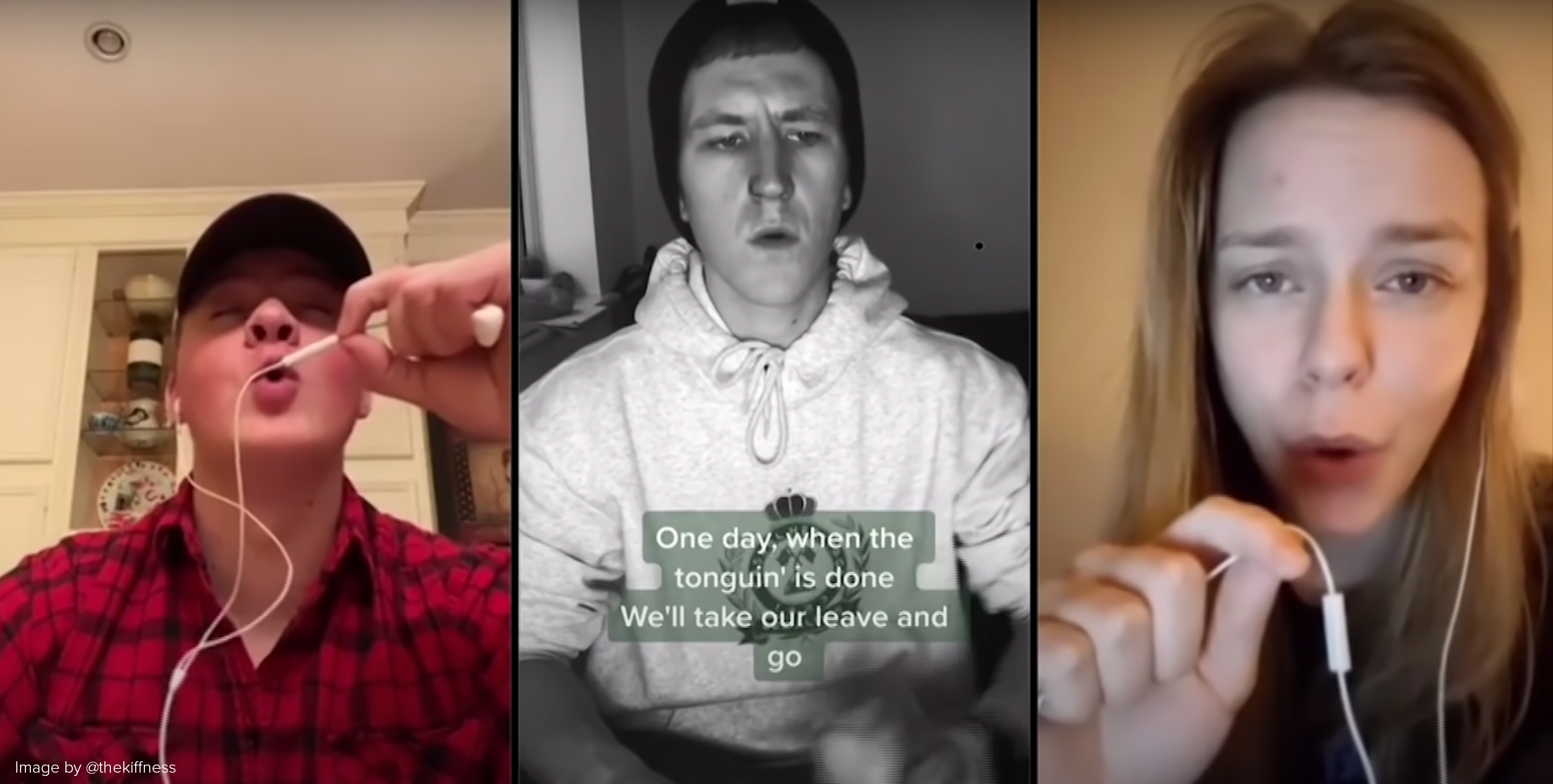A return to the great era of internet collaboration?
TikTok, the unlikely hero of last year, has once again stepped in just as 2021 was starting to look really dicey.
Out of nowhere, a nineteenth century sea shanty called Wellerman has gone viral on the platform. Scottish postman Nathan Evans posted his rendition of the song to TikTok last month, starting an all-consuming craze that has seen people from all over the world contributing their own takes to the shanty canon.
What we can’t seem to get over is how early web 2.0 - like, 2009 Youtube - this all feels. It’s collaborative, there are remixes - and all done in a spirit of uncomplicated niceness.
Why #ShantyTok?
It got us thinking about certain features of TikTok that feel refreshingly democratic when compared to the mechanisms of, for example, Facebook or Instagram. These platforms revolve around the “adding” or “following” of friends, brands or public figures. Their algorithms curate for us a homepage feed based on what we have sought out. We’re invited to construct a private walled garden for our online experience, a closed loop system where our preferences and biases are reflected back to us in the content we consume.
While TikTok users can follow their favourite creators, the platform centres the act of discovery in a more meaningful way than its competitors. Your homepage feed is immediately populated with clips, even if you haven’t chosen to follow selected accounts or hashtags. This creates an environment where unexpected content made by anyone - not just established creators - can go viral overnight. And features in-app allow for collaboration, remixing, spoofs and diss-tracks.
The result is that your expectations of your content, once posted, are for it to take on a life of its own.
This is where #ShantyTok really took off.
The characteristics of the sea shanty as a genre - simple and sing-along; anchored by a lead singer, driven forward by a collectively-sung chorus - came into collision with the collaborative features of TikTok, and at a cultural moment defined by crisis and division.
Collaboration is what the web was always supposed to be about
This week it’s the 20th birthday of a really old member of the web establishment - Wikipedia. It might seem perverse to say that the founding principles of Wikipedia - openness, collaboration, the understanding that the collective can be stronger than individuals - is present in Tiktok memes, but we think it is. What the web allows us to do is great things, together; and while the last decade might have made us forget that’s what the internet’s about, maybe it’s time to remember it.
The global community is isolated from one another and facing serious challenges. But, within this, there is the opportunity to jump on the internet and add your voice to that of six other guys and Kermit the frog harmonising about the unsuccessful pursuit of a centuries’ old whale. The liberated creativity and community spirit cultivated by TikTok’s functionality has allowed for a unifying moment of silliness and joy when we really really needed it.
Oh and - did we mention we just helped make (another) feature film shot entirely by people on the internet in one day? Amazing what you can do when you trust other people you’ve never met.



